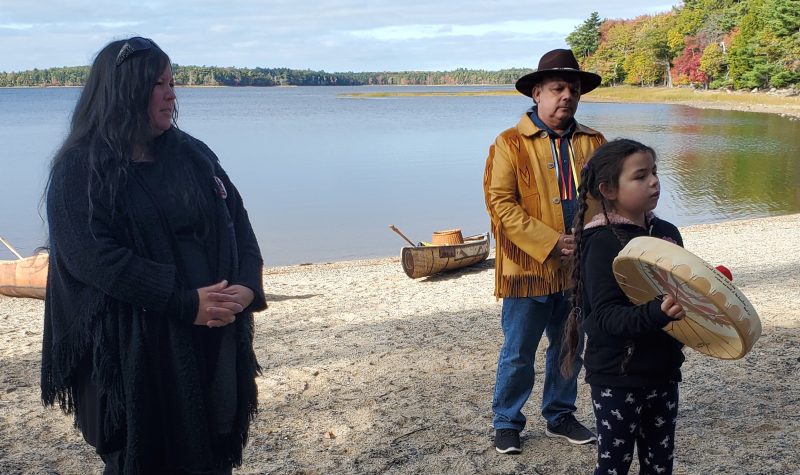A change in protected status for two wilderness areas in Queens will come with a change in name.
The province has announced 1,257 hectares (ha) of woodlands and lakeshore at McGowan Lake, in Queens and Annapolis counties, within the Medway River watershed will be protected and renamed Katewe’katik, (pronounced GAH-du-weg-a-dig) which means “place of the eels”.
Located in the interior of Western Nova Scotia, Pu’tlaqne’katik (pronounced BOOD-lagk-neg-a-dig) protects three unconnected parcels of land in the Pleasant River watershed totalling around 3,000 hectares. It includes Shingle Lake and Pleasant River along with many waterways used by the Mi’kmaq for centuries.
Indigenous guardian Melissa Labrador who lives in the nearby Wildcat First Nation said protecting these lands is significant for the Mi’kmaq.
“The land defines who we are as Mi’kmaq people. We’re surrounded by ocean, we have the amazing, what they refer to as the Acadian forest, what I refer to as the Mi’kmaq forest, all this plays an important role on who we are as a Mi’kmaq people because it shapes us and it shaped our people through history,” said Labrador.
The government of Nova Scotia has committed to protecting 13 percent of land in the province. Those lands include Nova Scotia's existing 74 wilderness areas, 92 nature reserves and the 11 provincial parks. This announcement brings the total protected land to 12.83 percent.
This protection was made possible with support from Environment and Climate Change Canada through the Canada Nature Fund, contributions by private landowners, the Nature Conservancy of Canada and Nova Scotia Nature Trust in consultation with the Assembly of Nova Scotia Mi'kmaw Chiefs and the public.
Now that the protected designation is in place, Labrador is relieved the type of activities permitted to take place on the land is severely limited.
“It can’t be staked for mining. It won’t suddenly appear on a forest harvest plan. A road won’t be punched through them. Cottages won’t suddenly appear on places that may have gravesites. And obviously a golf course isn’t going to, you know like things happened in Owl’s Head. So they’re protected,”” said Labrador.
She said protecting these areas close to her home allows her to pass on and safeguard the history of her people.
“Because of the designation of protection I’m able to tell more stories about the petroglyph sites that are located there, share more about those and so on,” said Labrador. “There’s always a risk of people doing damage to the area but there are things in place now to protect that.”
Reported by Ed Halverson
E-mail: edhalversonnews@gmail.com
Twitter: @edwardhalverson


